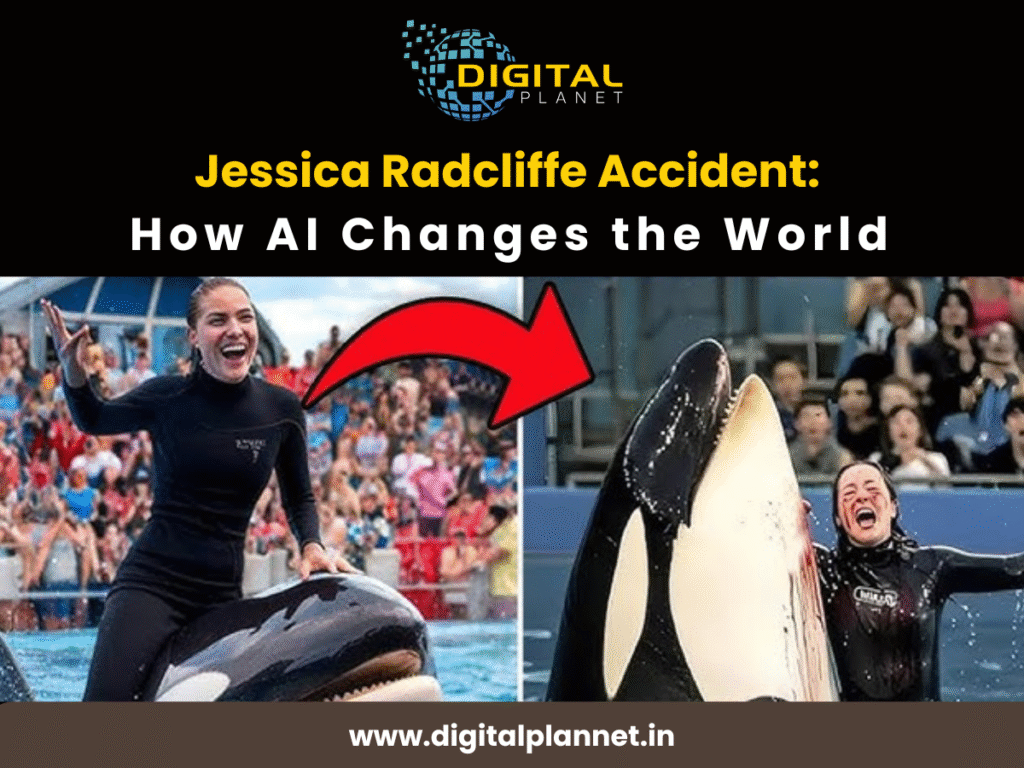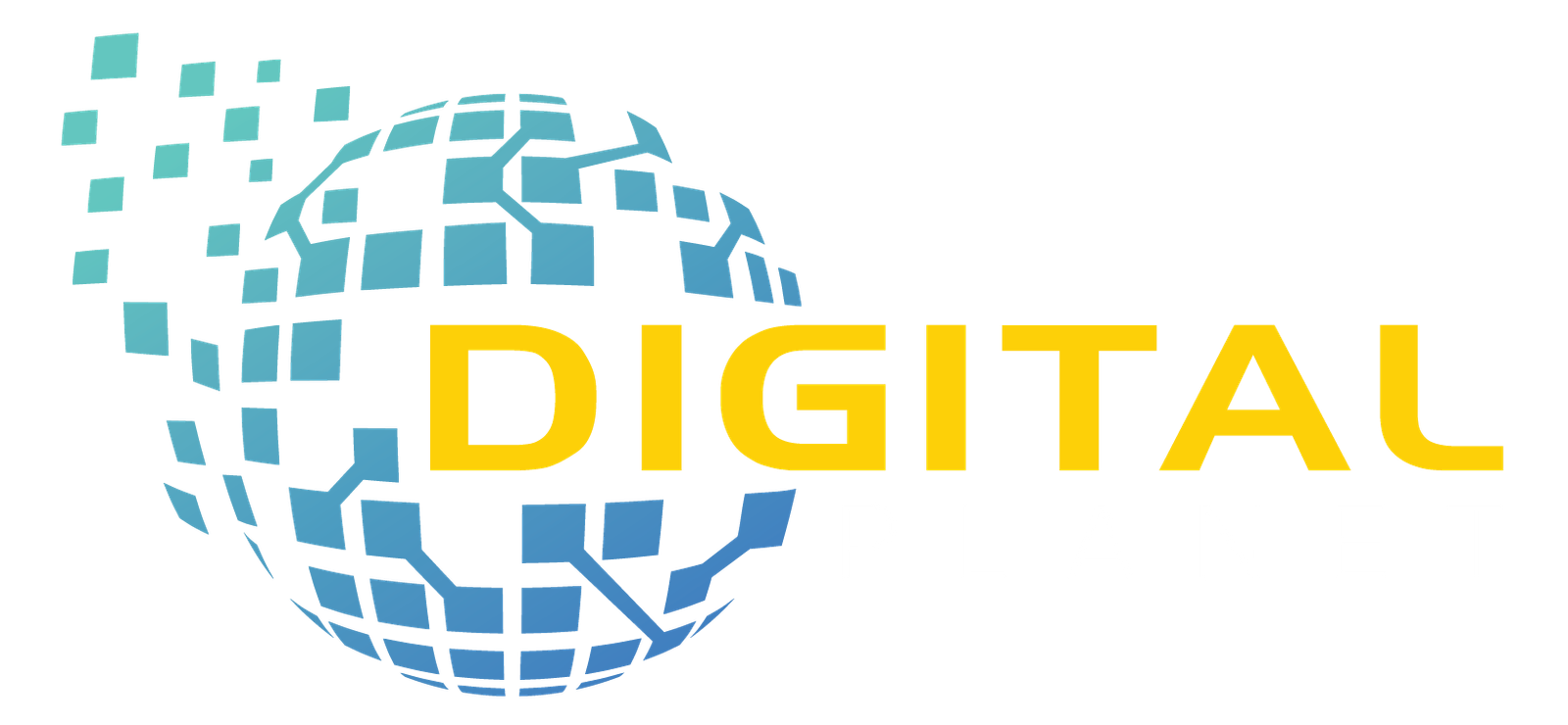Jessica Radcliffe Accident: How AI Changes the World

Introduction – AI’s Role in Shaping Fake News and Digital Reality
In the unfolding saga of the viral Jessica Radcliffe orca “attack” video, we witnessed first-hand how AI changes the world—not only by uplifting industry and innovation but also by distorting reality in dangerous ways. That fabricated clip, purporting to show a marine trainer being killed by an orca, spread rapidly across TikTok, Facebook, and X, prompting widespread panic. Yet investigations confirmed it was entirely AI-generated, a hoax with no factual basis. There is no Jessica Radcliffe, no such park, and no legitimate incident—demonstrating AI’s double-edged power. (The Times of India, Snopes, www.ndtv.com, The Economic Times)
1. How AI Changes the World Through Misinformation and Emotional Manipulation
AI has ushered in a new era where sensational, emotionally charged content can be created with frightening realism. By tapping into our primal emotional triggers—fear, shock, empathy—AI-generated deepfakes like the Radcliffe video can go viral long before fact-checkers intervene. As noted by the Economic Times, “dramatic footage, emotional triggers, barely-convincing audio are all key ingredients for viral content”, and combined with AI’s lifelike manipulation, the result is dangerously compelling misinformation. (The Economic Times)
2. How AI Changes the World Across Industries and Society
2.1 Economic Impact and Workforce Transformation
AI is not just a tool—it is a growth engine. By 2030, AI could contribute up to $19.9 trillion to the global economy, fueled by automation, efficiency, and new job categories such as prompt engineers and AI ethics stewards. (Wikipedia)
However, disruptions are evident. Generative AI is escalating automation concerns across professions—even executive roles are not immune. As one former Google executive bluntly noted, the idea that AI will create new jobs is “100% crap”, warning that roles—including CEOs—may eventually be replaced by AI systems. (Windows Central)
2.2 Transforming Education and Skill Sets
Generative AI is altering educational paradigms. Traditional vocational skills are being automated, prompting higher education to pivot toward soft skills—creativity, critical thinking, emotional intelligence—areas where AI cannot compete. (The Economic Times) Institutions are advised to integrate AI responsibly into learning and combat misuse, while ensuring students continue developing essential human capacities.
2.3 Public Health, Food Safety, and Climate Resilience
AI is saving lives in ways both visible and subtle:
- In food safety, hyperspectral imaging combined with AI has shown the ability to detect harmful mycotoxins in grains and nuts with 90–95% accuracy—a leap toward preventing foodborne illnesses globally. (Food & Wine)
- In healthcare, AI enhances diagnostics and access, particularly in underserved regions. It can interpret complex imaging like mammograms, enabling 99% accuracy and enabling personalized, adaptive treatment plans. (California Miramar University, Wikipedia)
- AI supports environmental sustainability by improving climate modeling, disaster response, and even tracking plastic pollution via satellite data. These capabilities help shape more resilient, informed responses to environmental crises. (Wikipedia)
3. How AI Changes the World Beyond Tech: Ethics, Policy, and Global Power
3.1 Geopolitics and the Global AI Race
AI advancement has become a linchpin in global power dynamics, with competition intensifying between the US, China, and others over semiconductors, cloud infrastructure, and advanced research. AI’s growth is rapid—doubling capabilities every six months—and poses systemic shifts in labor, regulation, and national security. (TIME)
3.2 Toward the Intelligent Age: Cooperation and Equitable Access
Forward thinkers like Klaus Schwab urge global collaboration to ensure AI’s benefits are distributed equitably. Without such cooperation, inequalities and societal fragmentation may worsen—a risk inherent to unregulated AI proliferation. (TIME)
3.3 Is the AI Boom Slowing?
Emergent reports from the GPT-5 launch have fueled speculation that AI’s breakneck pace may be plateauing. Despite hype, the model’s improvements were marginal, intensifying voices calling for renewed focus on practical applications over lofty AGI ambitions. (Financial Times)
4. How AI Changes the World: Everyday Life, Emotions, and the Human Experience
4.1 AI as Emotional Companion
Ink moments reminiscent of the film Her are becoming reality. AI assistants are increasingly embedded in daily life—organizing schedules, offering personalized interactions, and acting as emotional companions. But this evolution brings both convenience and ethical concern, particularly around emotional dependency and the blurring of human-machine boundaries. (Vox)
4.2 Societal Impact and Future Generations
With tech leaders like Sam Altman projecting that AI could unlock societal abundance—potentially easing burdens like declining birth rates—there is a growing narrative of AI as a societal enabler rather than just a tool. (Business Insider)
Simultaneously, in nations like India, AI adoption is accelerating. Altman highlights India’s embrace of AI and its potential as OpenAI’s largest future market. (The Times of India)
Conclusion – The Dual Nature of AI in Shaping Our World
Ultimately, the Jessica Radcliffe hoax exposes one of AI’s darkest capacities: to deceive. Yet, juxtaposed against that is AI’s undeniable potential to empower, heal, and sustain our society—through food safety, climate resilience, education, and economic transformation.
As we explore how AI changes the world, we must not lose sight of the responsibility inherent to its power. Ethical design, transparent use, education, and collaboration will determine whether AI becomes a force for unity or disruption.
Related Posts
- Best AI for Video Generation Free 2025: Ultimate Guide + Top Picks
- How to Get Invite Code for Sora 2 (2025): The Ultimate Step-by-Step Guide
- Influencer Marketing for Travel Industry 2025
- Top 10 Motivational YouTubers in India-Must Follow in 2025
- Boosting Health & Fitness Brands with Influencer & UGC Marketing
